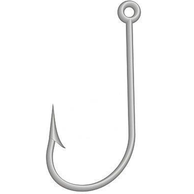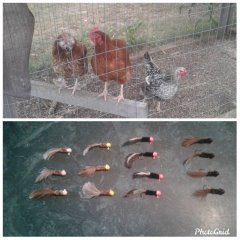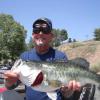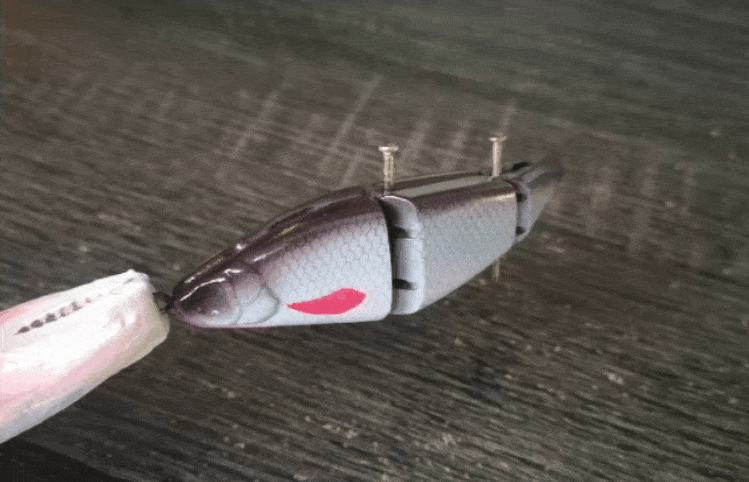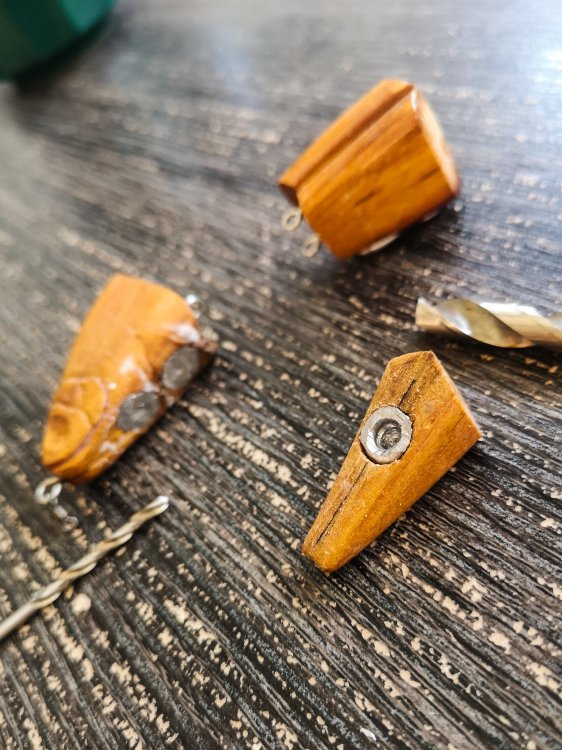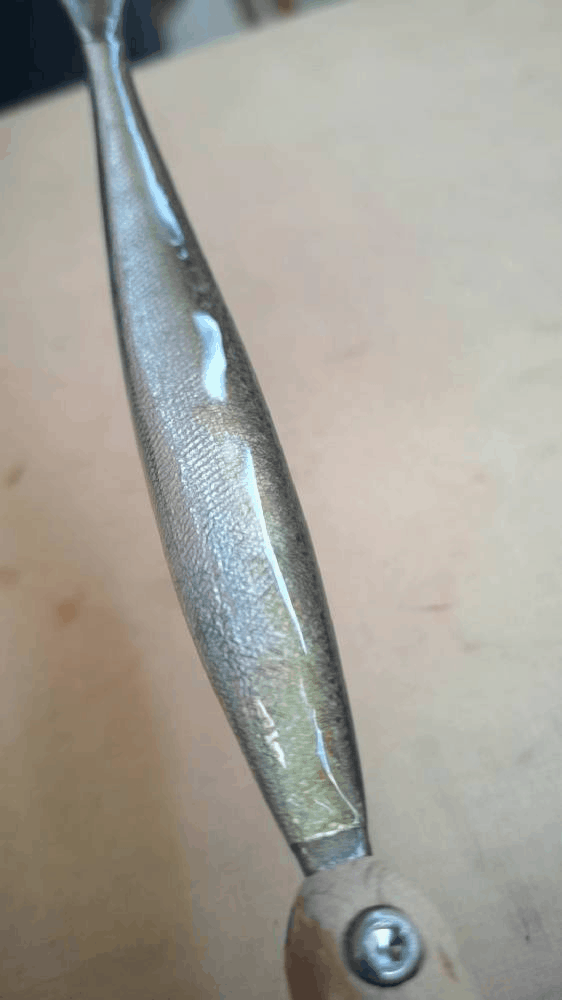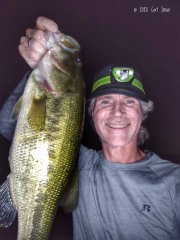Leaderboard
-
in all areas
- All areas
- Images
- Image Comments
- Image Reviews
- Albums
- Album Comments
- Album Reviews
- Topics
- Posts
- Stories
- Story Comments
- Story Reviews
- Classified Ads
- Classified Ad Comments
- Classified Ad Reviews
- Records
- Record Comments
- Record Reviews
- Websites
- Website Comments
- Website Reviews
- Status Updates
- Status Replies
-
Custom Date
-
All time
February 2 2011 - April 19 2024
-
Year
April 19 2023 - April 19 2024
-
Month
March 19 2024 - April 19 2024
-
Week
April 12 2024 - April 19 2024
-
Today
April 19 2024
-
Custom Date
10/27/2020 - 10/27/2020
-
All time
Popular Content
Showing content with the highest reputation on 10/27/2020 in all areas
-
Mass gives greater control, but percentage plays a key because you don't pour all the resin mix into the mold. But, I would sooner the spreadsheet determine the percentages. I have just finished the first draft of the spreadsheet. I am sending it to UKandy to test it out. If it works, I will make it available to all members. I will post here when the testing is complete. Dave2 points
-
Great plan Dave. I did a graph for Alumilite using Microballons several years ago and I totally agree that mass, not volume is the key.2 points
-
Can't believe I haven't done this earlier in my life. It's sooooo nice to have live bait on-hand at all times. anyway.... maybe this will help someone else make their own. https://youtu.be/T2wqcMAPWVQ1 point
-
Some feather crappie jigs i named after our chickens, since they were kind enough to provide me with the material..... Who has puffy feathers around her face that kinda makes her look like an owl, her feathers are on the white and chartreuse heads.... Ref is black and white like a referee, her feathers are on the pink heads... Boss, well, shes the boss of the coup, her feathers are on the brown heads1 point
-
@eastman03 Apparently you set the hook like a man-beast! That's one difference between heavy-duty fishing and some of the light-duty stuff. A muskie has a much stiffer face than a bluegill. I had a buddy who was a strict bass angler, and he set the hook in a way that would literally rip the lips off a crappie. I hope you connect with a big one, and I'm envious of your far-north waters! In terms of the topic at hand, I make primarily smaller baits (around 3" ) geared towards bass and panfish, though I've done some bigger stuff, but still geared towards bass. For most of my bass-sized baits I use twist wires in .032" or .051". I also sometimes use .062" for larger joints (especially if there's only one wire connection in the joint). The .062" stuff is pretty hard to bend, and requires a little more muscle. I've only been doing this for a couple years, so I don't have any long-term data, but one of my poppers in particular has caught over 30 bass and is still going strong. For smaller baits (around 1") I prefer to use a through-wire, as the bait itself is more delicate and more likely to break if surprised by a fish larger than a bluegill or crappie. This summer I caught 3 largemouth bass over 20" on baits I made, with twist wires, and they held up just fine. That being said, if I ever shelled out $100 for a bait of any sort (which will never happen, as I make my own baits largely to avoid such expenses) and it broke like that, I would probably cry.1 point
-
1 point
-
1 point
-
1 point
-
Hi Anglinarcher, Can I ask how you've found Alumilite for casting your lures, do you rate it highly? I would be interested to see your information also. Also what kind of microballoons & amounts do you add to your casts to get good buoyancy? Many thanks Andy.1 point
-
Dave you certainly know what you're doing, I'm very happy to have you on board to help me & others out. I will do my very best with the tests! Andy.1 point
-
Keep in mind If you are wanting it from Basstackle I don’t believe Basstackle sell parts to convert to a Twinjector but it can be broken down into two individuals after it is purchased.1 point
-
Of course, up in Canada it's called a fall event, because the ice outside of bars is so slick. Hahaha1 point
-
Weather is acting up so no testing yet for my lightened spoon. It means, I'll go forward with this design. Kinda mimicked an Roach fish here. Pretty basic color scheme, just a tad of fluoriscent red, blue and green on the sides which shows depending the lighting. Next step would be obviously epoxy coating but also making the stinger setup. Not sure how much it inhibits the swimming action but we'll see. Have to test with fluorocarbon, leader wire and Kevlar thread would also be one option. I know all of these are being used in these kind of baits so just have to test which is best for so small bait as this one.1 point
-
Adjusting the weights. Have to say, this is the fun part as much as it is the pain in the a** part, trying to get every peace not just to sink in horizontal level, but to sink at the same rate. I always do this with my segmented baits, make a sink test with each part individually rather than connecting the peaces together and weighting the whole bait at once. Using bismuth as weight, doing my small good deed for the environment by leaving the lead out of it.1 point
-
"Keep rollin' rollin' rollin' rollin' " Using epoxy to coat my baits, nothing to tell here that's not told several times already, but in case there's a lurker here searching for information, here's some.. Why would one use apoxy some might ask? Well there's nothing why it's a must. You could also use, say like polyrethane clear coat, dip you bait, wait for it to dry, dip again and so on. Depending what kind of paint, foil etc you've used, especially in case of glittering your bait, you have to dip quite a few times to get a glass like shiny surface to your bait. So there comes the ease of using epoxy, usually one coat is enough, sometimes I use it as a middle coat also after applying glitter, to get even base for paint.1 point
-
1 point
-
1 point




